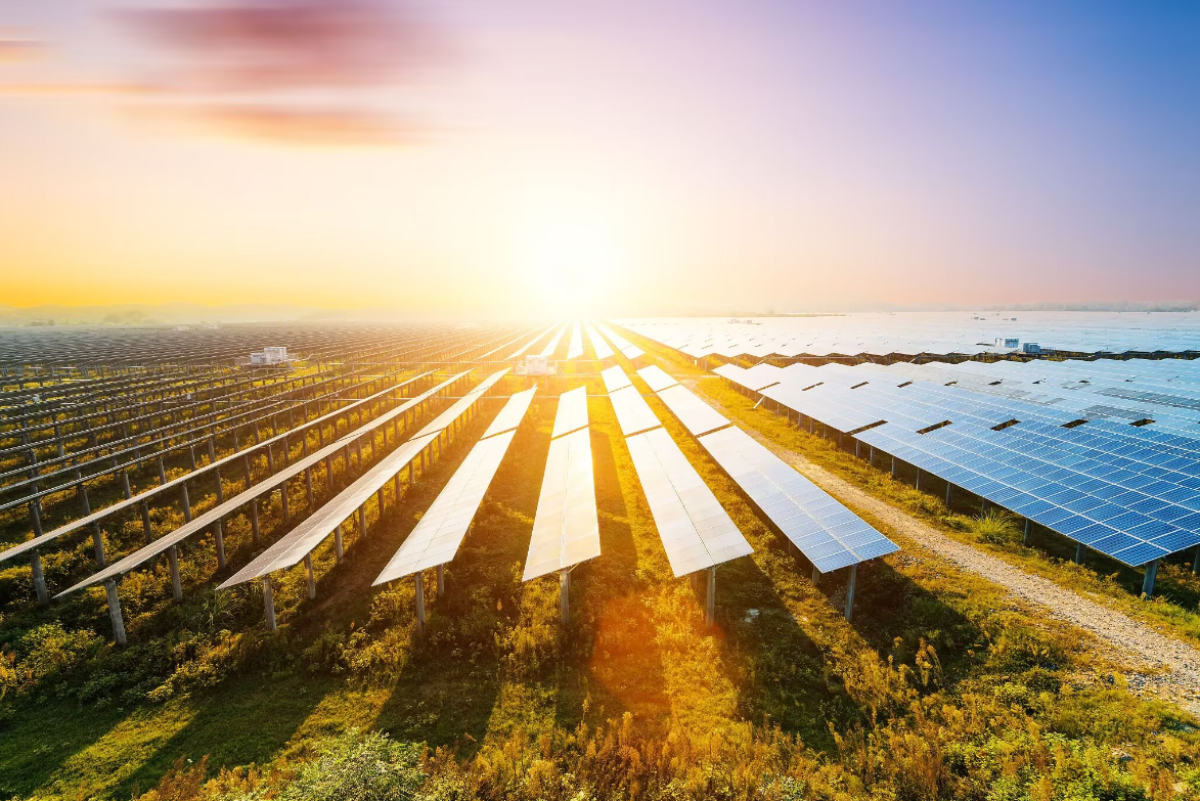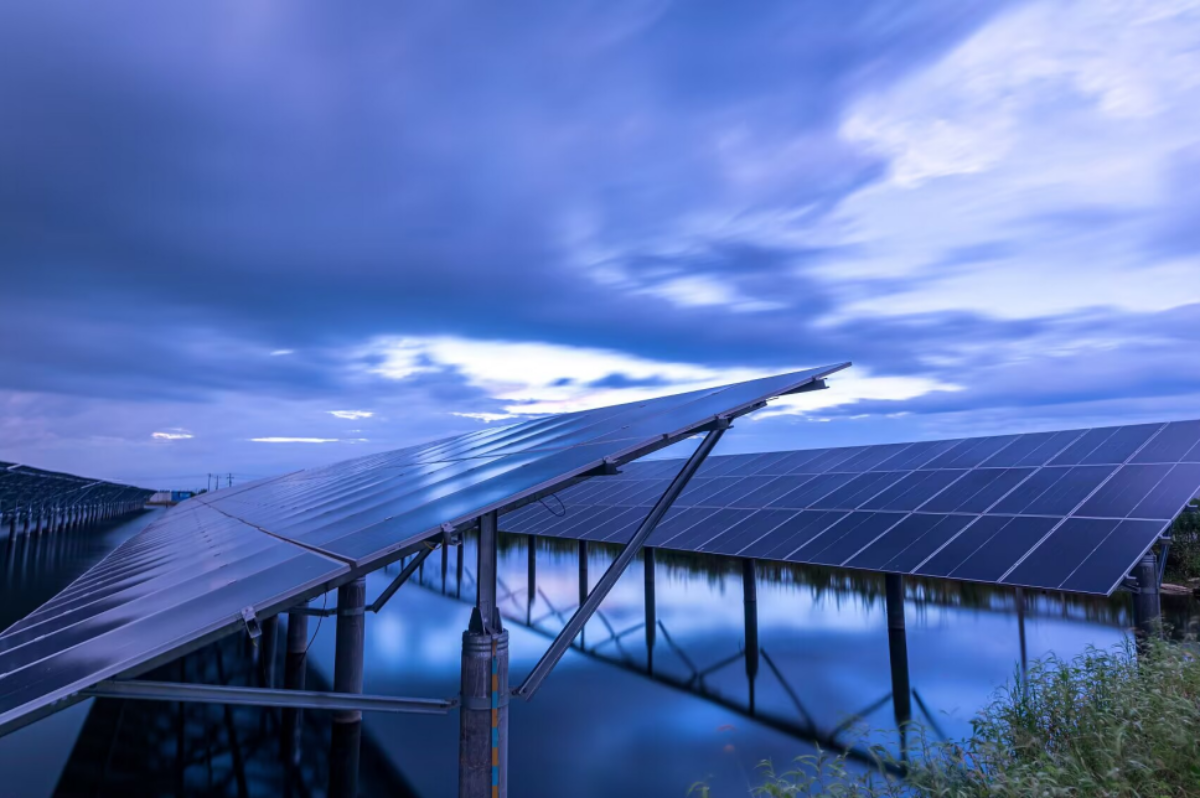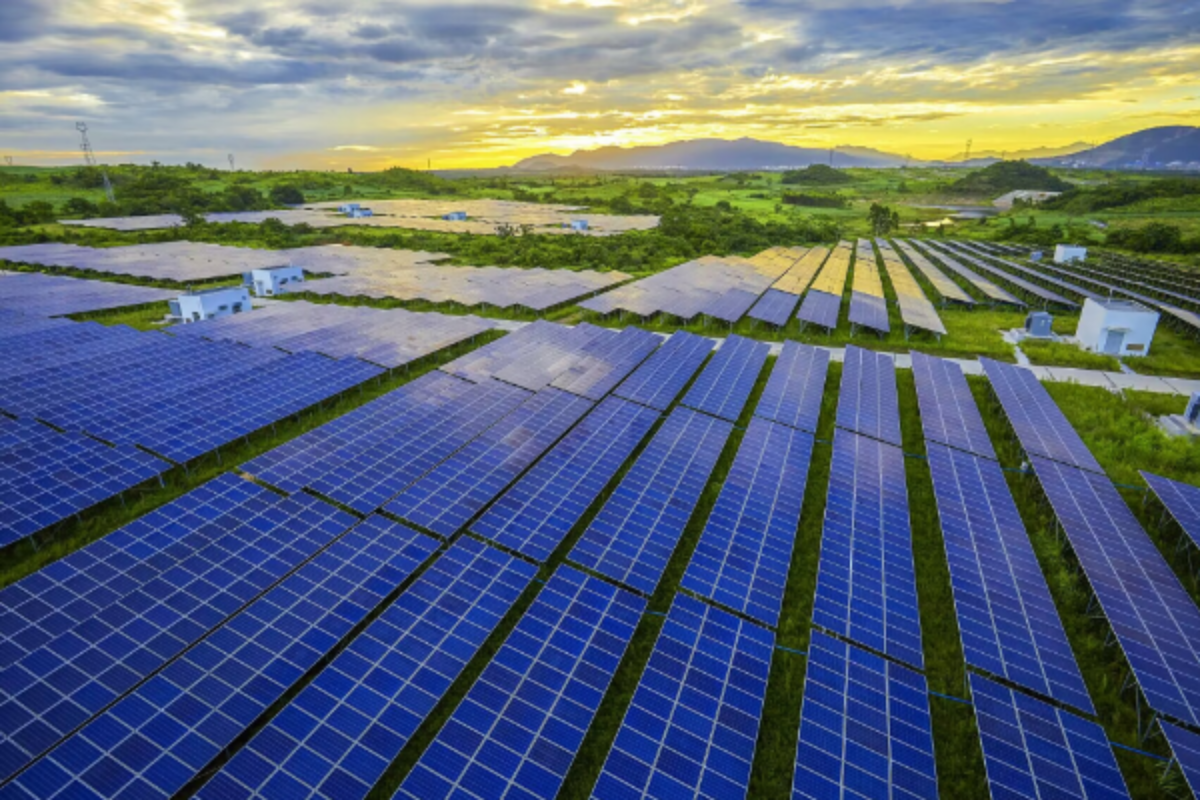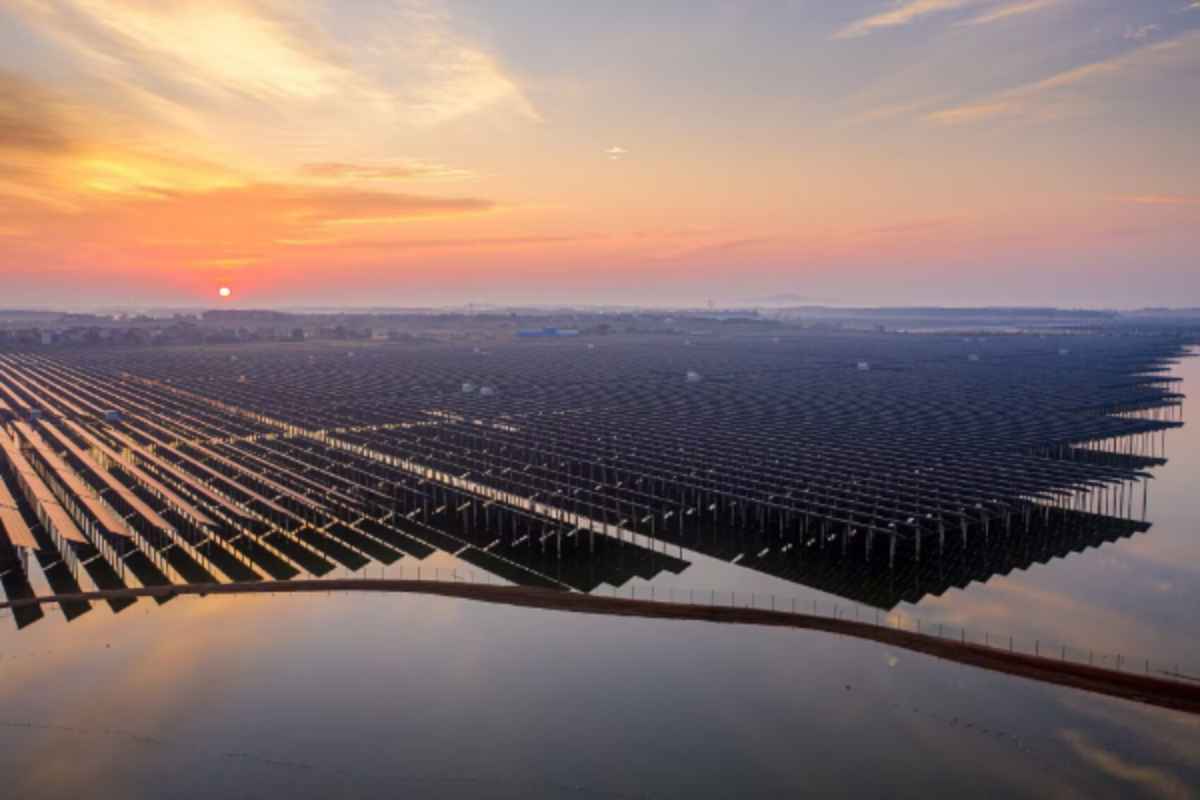Stand-alone solar panels are gaining traction in off-grid energy solutions, offering independent and reliable power in remote areas. Unlike grid-tied systems, these panels are designed for autonomous operation, making them ideal for regions with limited access to electricity. The key features of stand-alone solar panels contribute significantly to their growing popularity across various applications.

One essential feature is their robust energy storage capability. Integrated with efficient battery systems, these panels store excess energy generated during peak sunlight hours, ensuring consistent power supply even during cloudy days or at night. Advanced battery technology, such as lithium-ion and lead-acid batteries, has enhanced the reliability and lifespan of these systems.

Durability and weather resistance are also standout characteristics. High-quality materials and protective coatings ensure that the panels can withstand harsh environmental conditions, from extreme temperatures to heavy winds and rain. This makes them highly suitable for deployment in diverse climates, ranging from deserts to coastal regions.


Moreover, stand-alone solar panels are designed for easy installation and maintenance. Their modular structure allows for quick setup, and minimal upkeep requirements make them cost-effective in the long term. These features, combined with decreasing costs and increased efficiency, make stand-alone solar panels a vital solution for sustainable, off-grid energy needs worldwide.